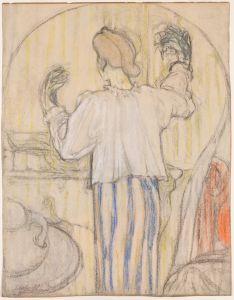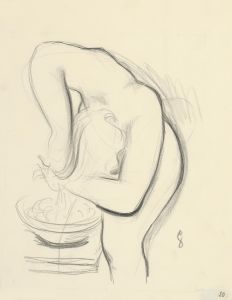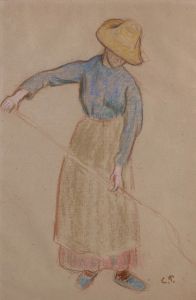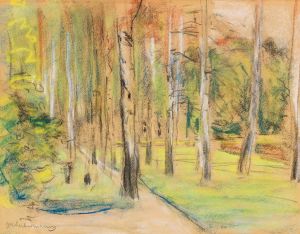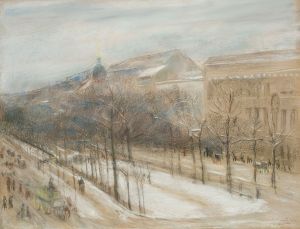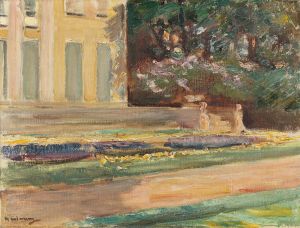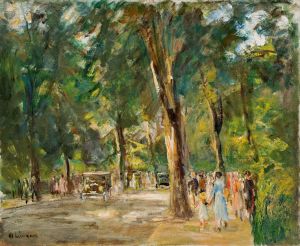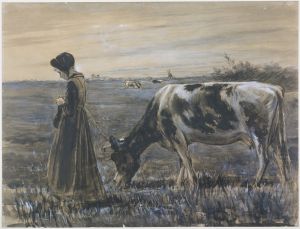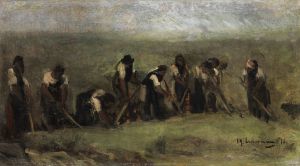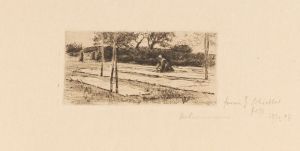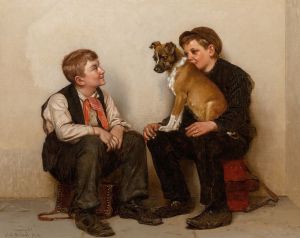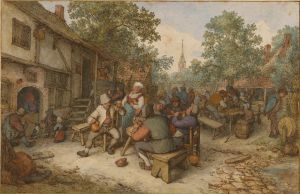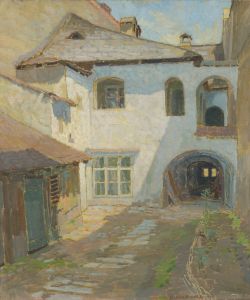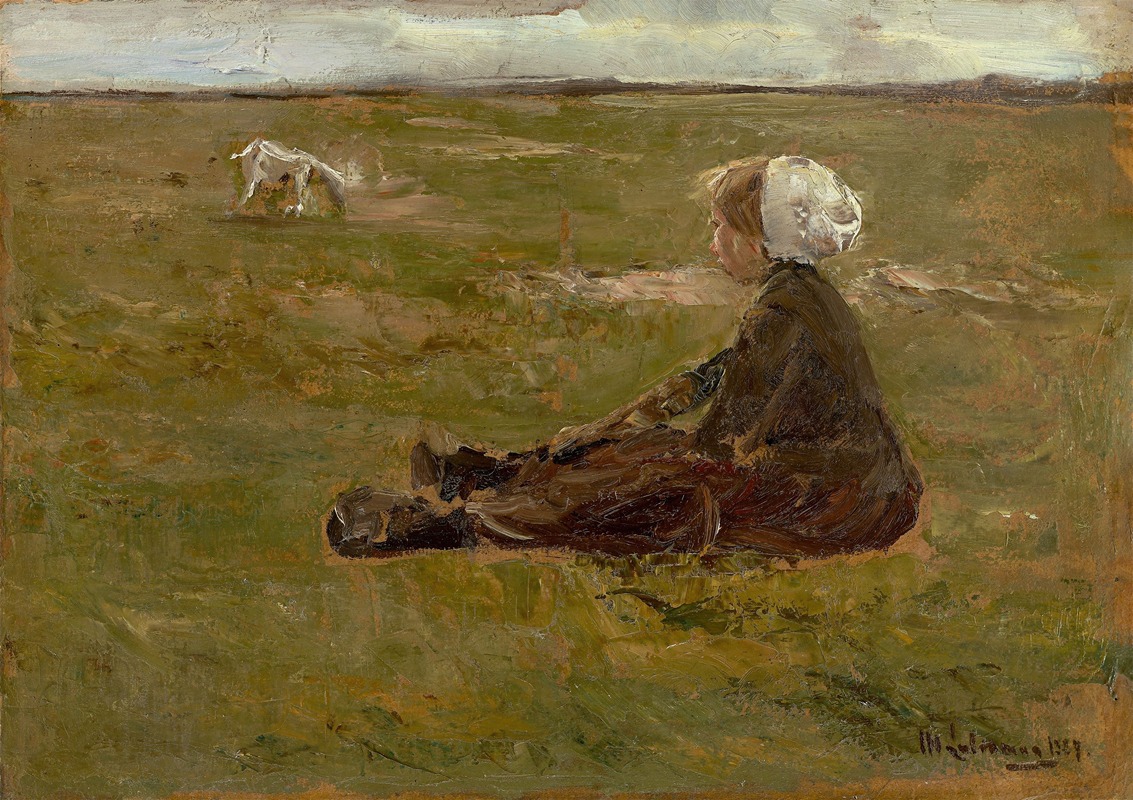
Ziegenhirtin
A hand-painted replica of Max Liebermann’s masterpiece Ziegenhirtin, meticulously crafted by professional artists to capture the true essence of the original. Each piece is created with museum-quality canvas and rare mineral pigments, carefully painted by experienced artists with delicate brushstrokes and rich, layered colors to perfectly recreate the texture of the original artwork. Unlike machine-printed reproductions, this hand-painted version brings the painting to life, infused with the artist’s emotions and skill in every stroke. Whether for personal collection or home decoration, it instantly elevates the artistic atmosphere of any space.
Max Liebermann was a prominent German painter and printmaker, associated with the Impressionist movement. His work "Ziegenhirtin," which translates to "Goatherd," is one of his notable paintings, reflecting his interest in rural life and the depiction of everyday scenes. Liebermann was born in 1847 in Berlin and became one of the leading figures in the German art scene during the late 19th and early 20th centuries. He was known for his ability to capture the subtleties of light and atmosphere, often focusing on themes of leisure and labor.
"Ziegenhirtin" is a testament to Liebermann's fascination with rural subjects, a theme that recurred throughout his career. The painting depicts a young girl tending to goats, set against a pastoral landscape. This choice of subject matter aligns with Liebermann's broader interest in portraying the simplicity and authenticity of rural life, which was a common theme among Impressionist artists who sought to capture the immediacy and transient effects of light and color in their work.
Liebermann's technique in "Ziegenhirtin" reflects his Impressionist influences, characterized by loose brushwork and a focus on the play of light. The painting likely employs a palette of earthy tones, capturing the natural environment and the harmonious relationship between the figure and the landscape. This approach is indicative of Liebermann's broader artistic philosophy, which emphasized realism and the depiction of contemporary life.
Throughout his career, Liebermann was influenced by his travels and exposure to other artists. He studied in Weimar and later in Paris, where he encountered the works of French Impressionists. This exposure significantly impacted his style, leading him to adopt a more spontaneous and light-infused approach to painting. "Ziegenhirtin" can be seen as a product of these influences, merging his German roots with the techniques and themes popularized by his French contemporaries.
Liebermann's work, including "Ziegenhirtin," was well-received during his lifetime, and he became a central figure in the Berlin Secession, an art movement that sought to challenge the conservative art establishment in Germany. His leadership in this movement further solidified his reputation as a progressive and influential artist.
In addition to his artistic achievements, Liebermann played a significant role in the cultural life of Germany. He served as the president of the Prussian Academy of Arts and was an advocate for modern art, supporting younger artists and promoting new artistic ideas. However, his career faced challenges during the rise of the Nazi regime, which condemned his work and Jewish heritage.
Despite these challenges, Liebermann's legacy endures, and his paintings, including "Ziegenhirtin," continue to be celebrated for their contribution to the development of modern art in Germany. His ability to capture the essence of everyday life with sensitivity and skill remains a defining characteristic of his work, ensuring his place in the history of art.





